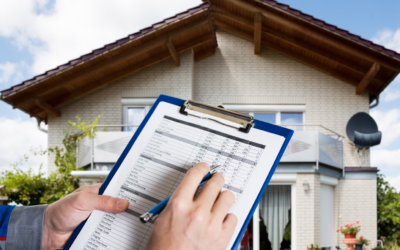1. Protect your windows and doors.
Whether with impact-resistant glass or shutters, protecting doors and windows against high winds and flying debris is imperative. Hurricane-force winds can hurl objects that act like bullets. Consider installing shutters or providing a system, such as a track, to easily install shutters in case of an approaching storm. Although the shutter wouldn’t be a permanent fixture on the exterior of your home, the track or other fastening hardware would be. So make sure the hardware is integrated with any other exterior improvements you plan to make. Garage doors are real weak spots for hurricane-force winds. If the door gives way, the winds can enter the house and cause the roof to be torn off. Prevent this by making sure the garage door is installed to withstand these forces or brace an existing door to prevent its giving way.
2. Keep your landscape free of debris.
Prune trees and remove dead branches well before the hurricane shows up. Also remove any patio furniture and other loose items outside that can get blown around.
3. Let the water flow.
While you should always keep your gutters and downspouts clean, it’s particularly important to make sure nothing blocks flowing water during a storm. Let’s face it, the water will want to go somewhere. If it’s not down and away, it’ll be in your roof and attic. Conduct a visual inspection of your gutters and downspouts to be sure nothing blocks the flow of water from your roof and away from your home.
4. Take a “belt and suspenders” approach.
Try to keep your basement or crawl space dry with a more-than-basic drainage and sump pump system. Create redundancy in the system with two drain tile layers as well as battery backup, or better yet, have sump pumps backed with emergency power.
5. Keep the power on.
While you and your home hopefully will weather the storm, the power grid likely won’t. Having a standby generator to produce electrical power can’t be beat. While you can install a whole-house system, you don’t have to. If the generator is smaller and keeps only the essentials going, you’ll be able to withstand the storm’s after effects that much better. Keep in mind that a running generator can be quite noisy. So local building and zoning codes will have an influence on where it can be placed. Make sure you follow these rules and place the generator in a location that won’t drive you or your neighbors crazy when it’s running.
6. Keep basic supplies on hand.
Keep on hand at least a three-day supply of items such as candles, batteries, potable water, foods that don’t require refrigeration etc. Put together an emergency kit as recommended by the Federal Emergency Management Agency well in advance of any storm.



